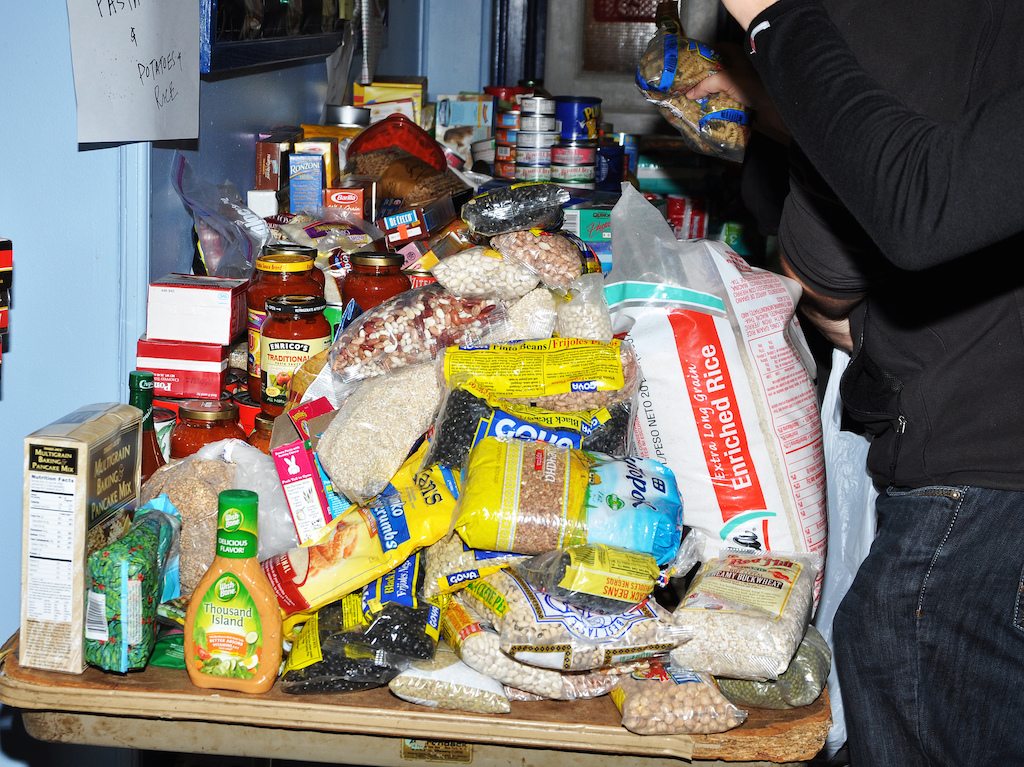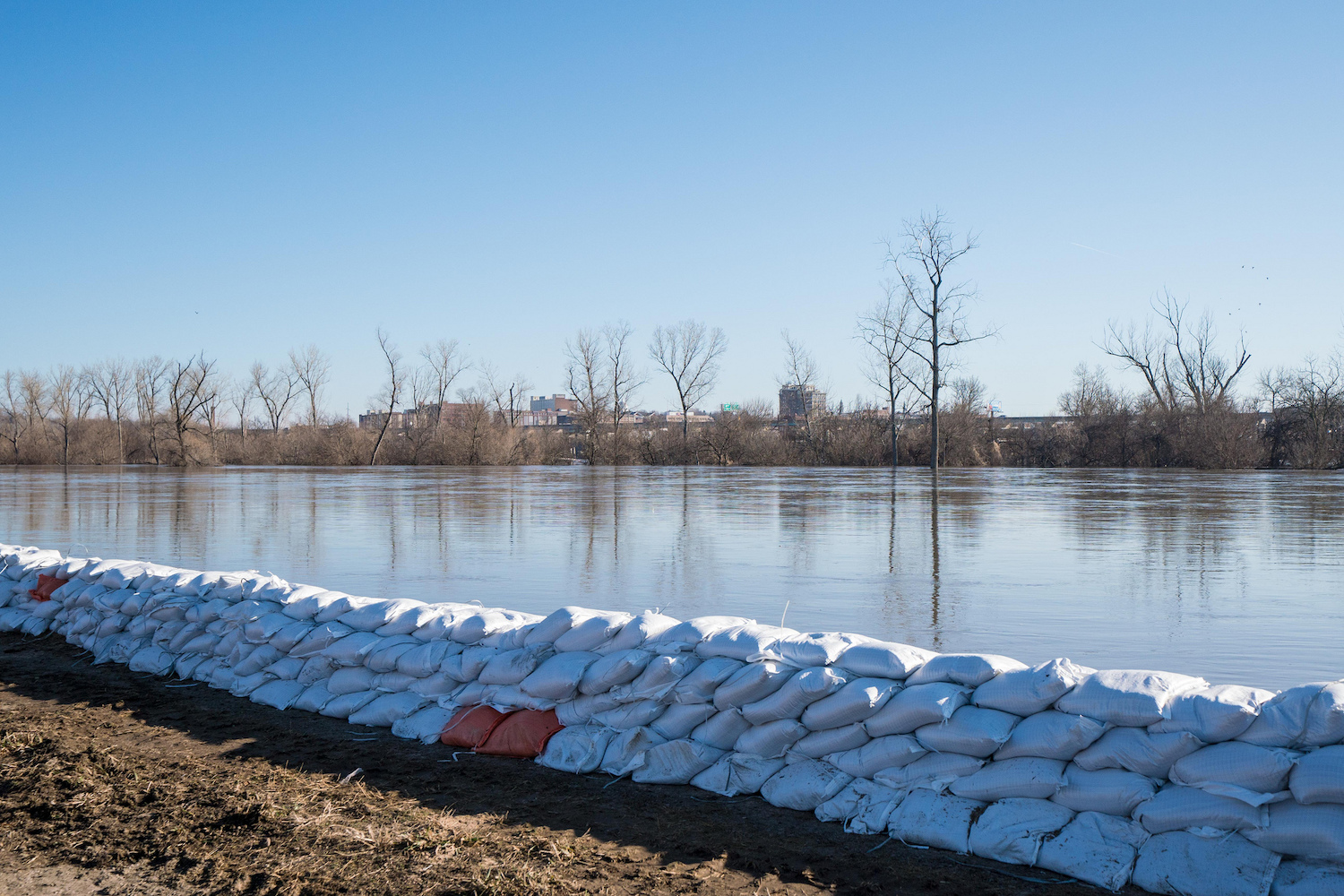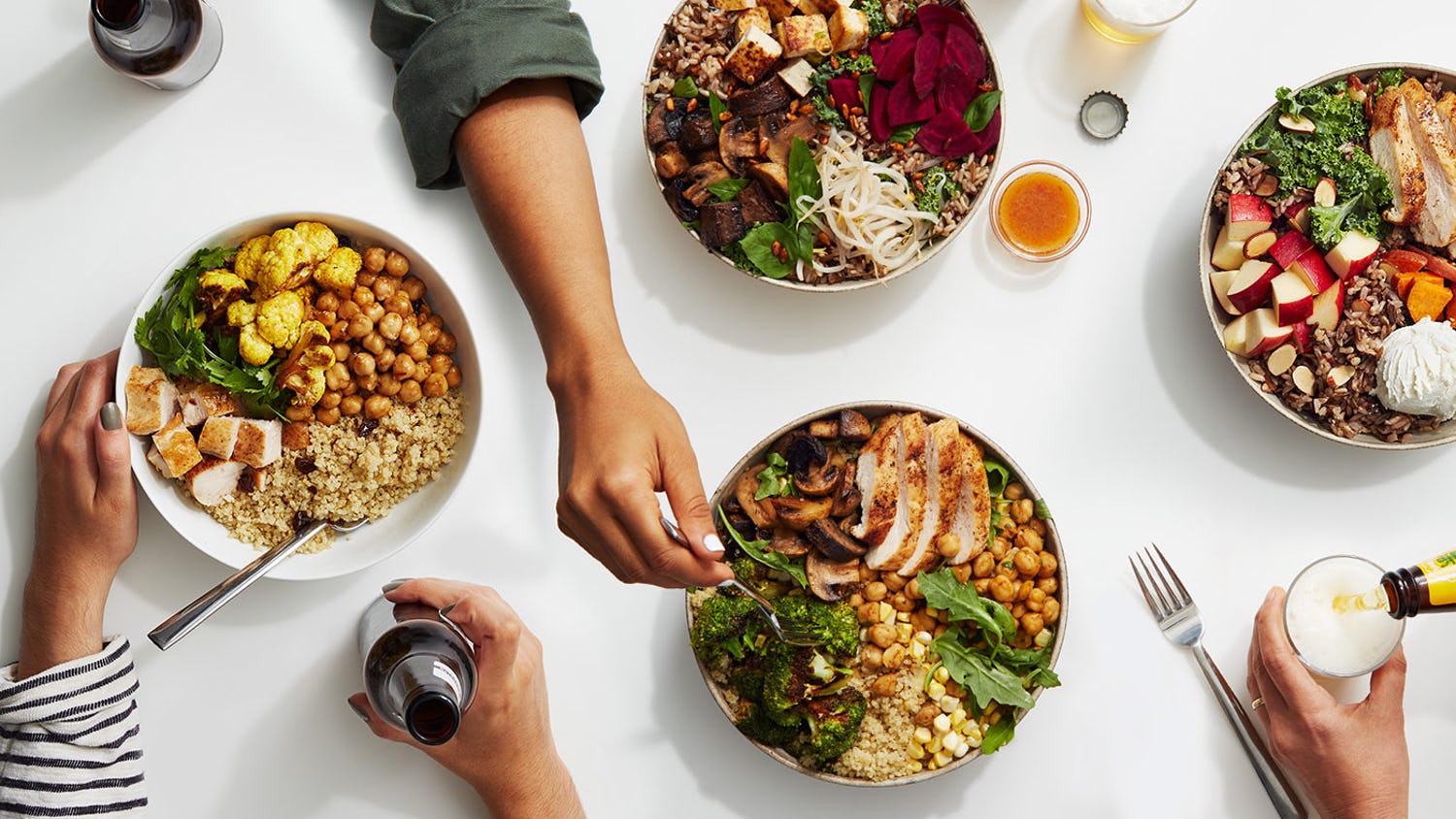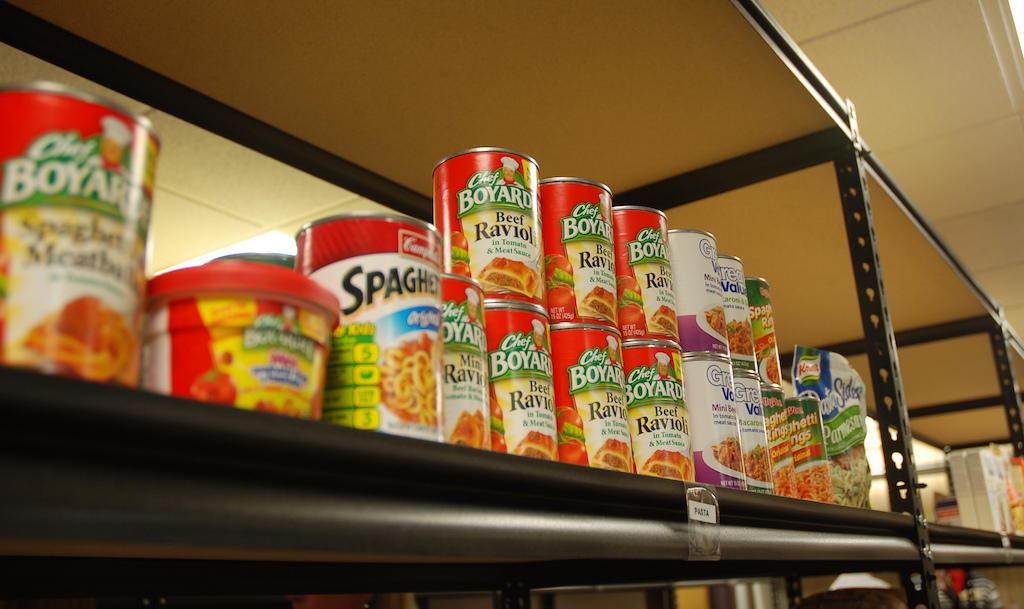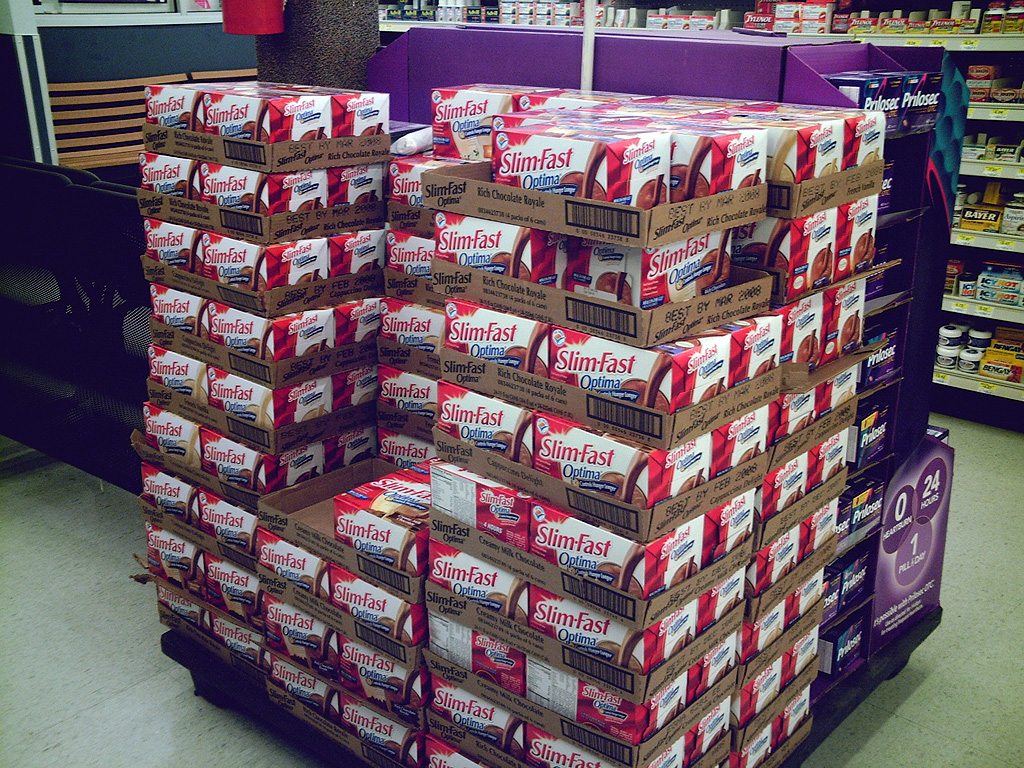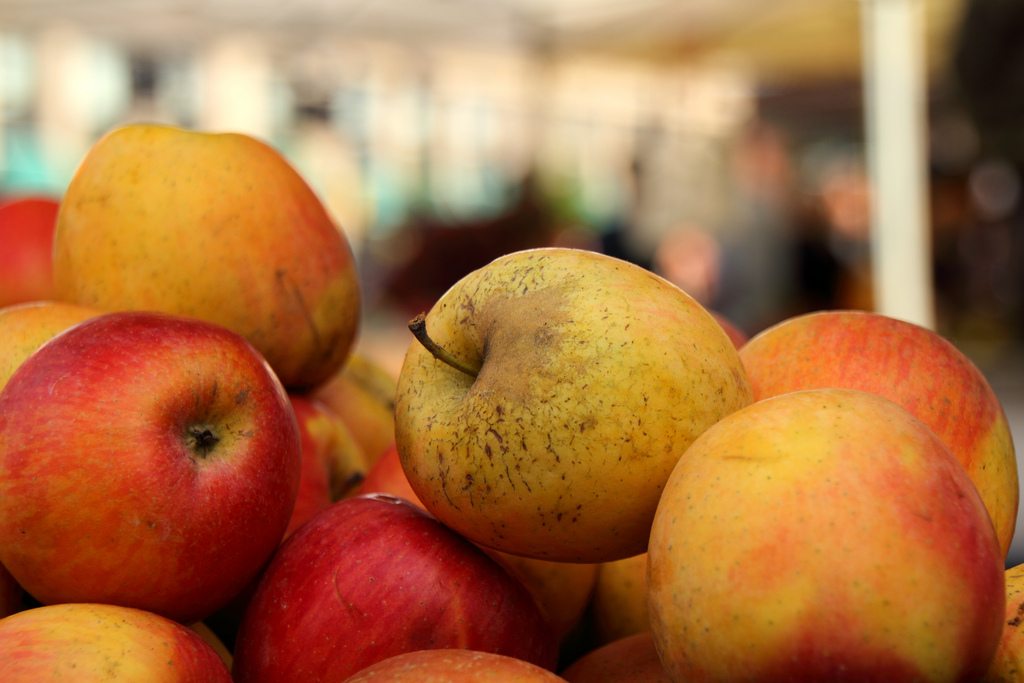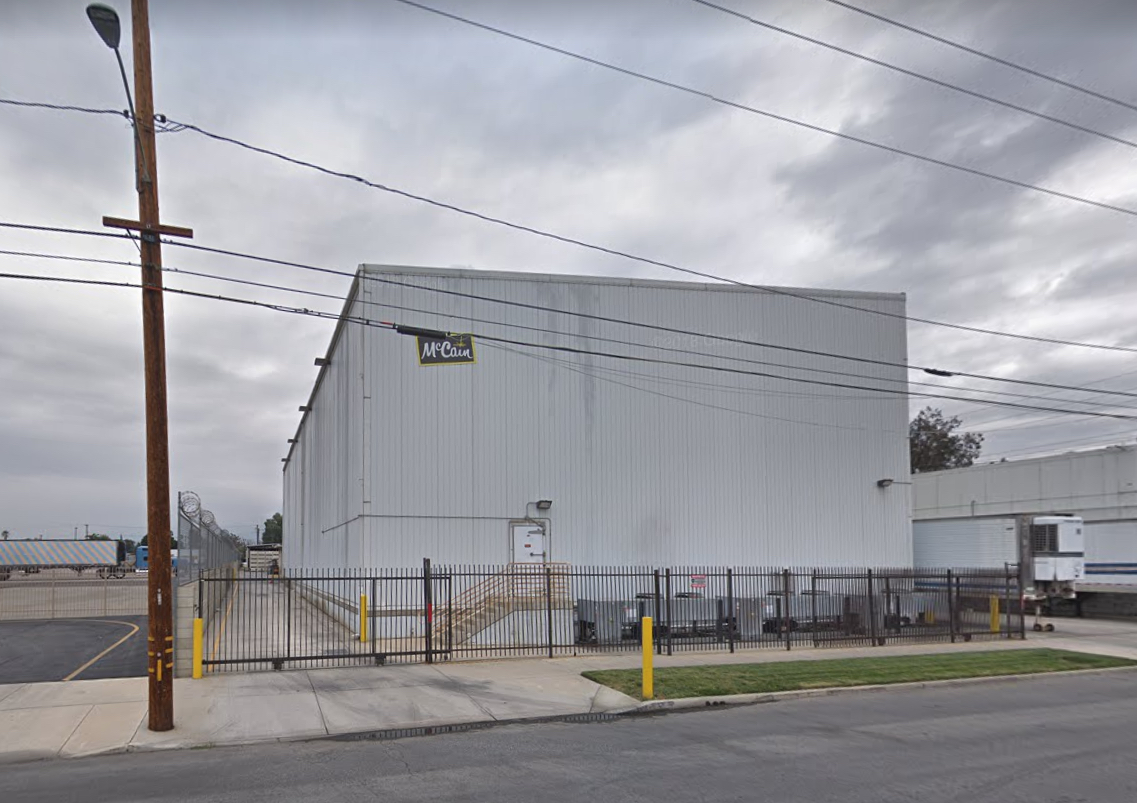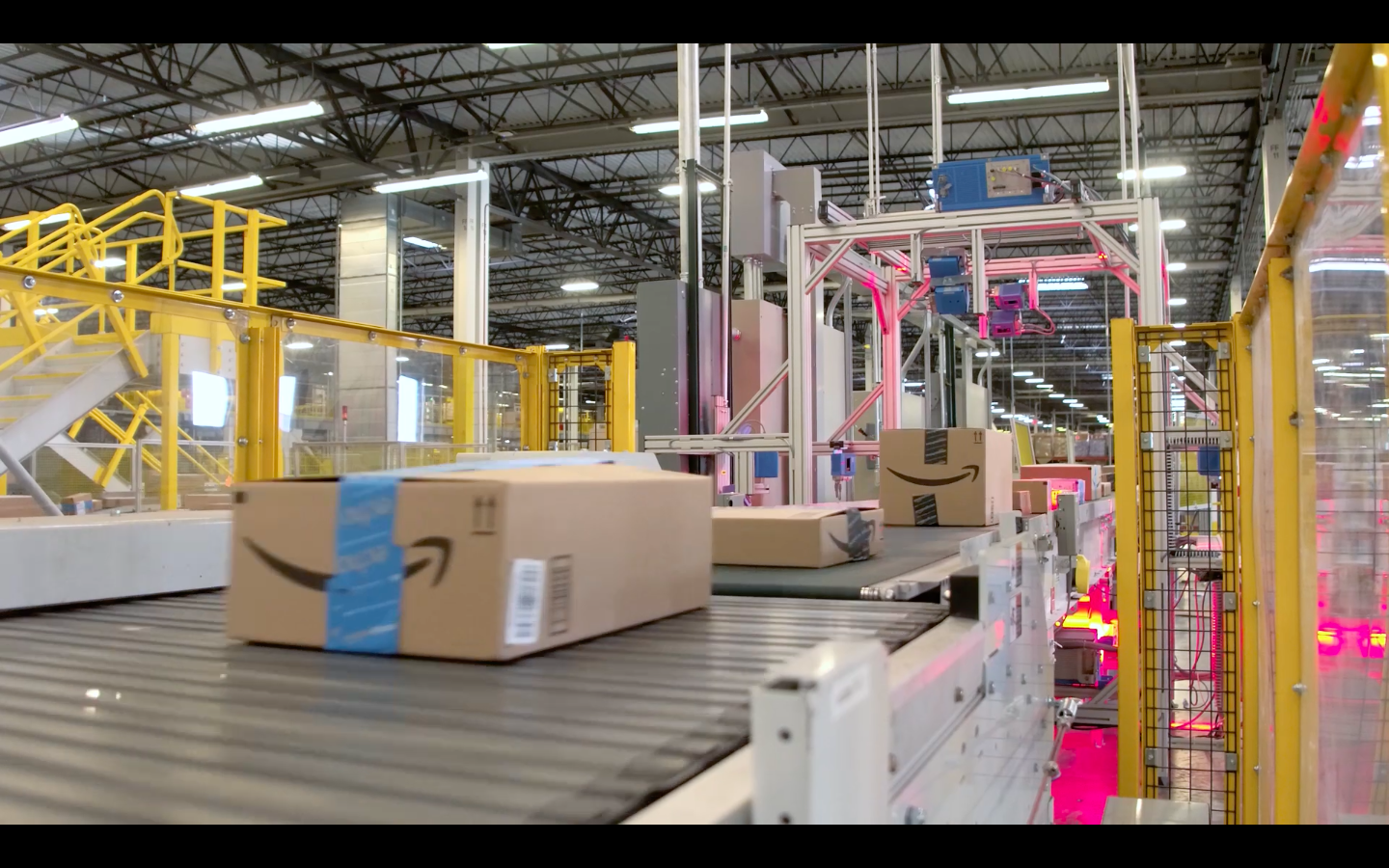As Hurricane Harvey spiraled toward the Gulf Coast last week, food banks in Texas ramped up into worst-case-scenario mode, working alongside federal, state, and local agencies to ensure displaced residents would have adequate supplies of food, whatever the storm’s eventual outcome.
Now, four days after Harvey made landfall northeast of Corpus Christi and inundated parts of Houston with more than two feet of rain in 24 hours, just about every media piece mentions dwindling provisions: “food supply ran out at 5 a.m.”, reported The Washington Post about a church hosting evacuees; “double-checked his food supply”, said the Houston Chronicle in a series of rescue vignettes; “limited food supply”, broadcast a local television station in its story about a stranded woman.
Shorthand: Everyone is worried about running out.
But it’s not just monitoring the supply that requires near constant vigilance. During and after a natural disaster like Hurricane Harvey, ensuring food safety can be equally important—if not more so—than maintaining adequate supplies.
In a jarring 2014 piece written for Modern Farmer in the wake of Hurricanes Katrina and Sandy, Nicola Twilley painted a pretty bleak picture of how supplies looked at America’s oldest cold storage facility after a month without electricity. “The meat, of course, had spoiled — spectacularly so — dissolving into a brownish, fetid sludge, writhing with rats and maggots….” You get the picture.
Twilley’s piece highlights a fairly evident bit of natural disaster blowback that nonetheless gets little focus—namely, that massive chunks of our edible infrastructure rely on refrigeration. Lose power for more than a couple of days and you’re facing significant spoilage risks. It’s no wonder that Food and Drug Administration (FDA) commissioner Scott Gottlieb tweeted out info on Monday about when to discard unrefrigerated perishables (Spoilage spoiler: Meat and dairy won’t last more than two hours above 40 degrees F.)
But beyond the refrigeration infrastructure needed to keep our food preserved and safe, floodwaters can render food inedible on contact. Mingling with sewage, chemicals, and yes, the aforementioned rotting food, can render normal rainwater really nasty, really fast—not to mention really dangerous.
Drinking said rainwater is obviously a big no-no, but it can taint tap water too; Department of Health and Human Services (HHS) Secretary Tom Price on Monday warned that Corpus Christi and Victoria, Texas residents should be boiling their water before consumption. Additionally, flood water should not be in any contact whatsoever with anything you’re going to eat—or eat with. The FDA does not mince words: Do not eat any food that may have come into contact with flood water and “Discard any food and beverage that is not in a waterproof container” (emphasis FDA’s). The agency also sent out warnings Monday about salmonella-tainted water putting local crops at risk.
After Hurricane Sandy, disruptions to the food supply were significant but not totally insurmountable. Some cities took those disruptions as warnings, and have been overhauling their own food infrastructure in preparation for other natural and manmade disasters (see our recent piece on Baltimore). As we sift through a deluge of another sort—media reports on Harvey’s destruction—it’s a bit early for predictions on the full extent of the fallout. How well Houston and surrounding communities fare will be determined over the coming days and weeks, but one thing is certain—a lot of food will be lost.
Correction: Due to an editing error, an earlier version of this story reported that meat and dairy won’t last more than four hours above 40 degrees F. Four hours is the length of time your closed refrigerator will keep things cold without power. Food kept at temperatures above 40 degrees F for two hours or more (or one hour at temperatures above 90 degrees F) should be immediately discarded.
